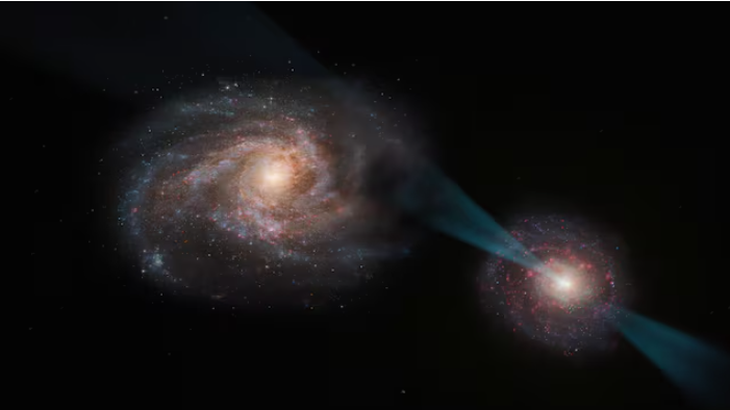
Illustration of a galaxy merger, in which the galaxy on the right contains a quasar at its core - Photo: European Southern Observatory/REUTERS
New research published in the journal Nature shows that this radiation has weakened the damaged galaxy's ability to form new stars.
This result, drawn from combined observations between the European Southern Observatory's (ESO) Very Large Telescope (VLT) and the world's largest astronomical observatory, ALMA, reveals the full picture of this intergalactic battle.
In the depths of space, two galaxies are locked in a spectacular battle. They are hurtling towards each other at 500km/s on a collision course, only to pass by each other before retreating and preparing for the next attack.
Dr Pasquier Noterdaeme, co-author of the study from the Institute of Astrophysics in Paris (France) and the French-Chilean Astronomical Laboratory, compared the phenomenon to medieval jousting and called the system a “cosmic jousting”. However, the fight is not fair, as one of the galaxies uses a supermassive black hole to shoot a spear of radiation through the opponent.
These supermassive black holes, also known as quasars, are the bright cores of some distant galaxies, emitting enormous amounts of radiation. Both quasars and collisions between galaxies were much more common in the first few billion years of the universe.
To see them, astronomers have to look back in time with powerful telescopes. The light from this “cosmic tourney” has taken more than 11 billion years to reach Earth, showing us an image of the universe when it was just 18% of its current age.
"This is the first time we have seen the direct impact of radiation from a quasar on the internal structure of gas in a normal galaxy," explained Dr. Sergei Balashev, study co-author from the Ioffe Institute in St. Petersburg, Russia.
New observations show that radiation from quasars breaks apart clouds of gas and dust in normal galaxies, leaving behind only the smallest, densest regions. These regions may be too small to form stars, leaving the damaged galaxy with fewer star-making “factories.”
But it's not just the "defeated" galaxy that's been transformed. "These collisions are thought to have brought large amounts of gas to the supermassive black holes at the galaxy's center," Dr. Balashev explains. In this cosmic jousting, new fuel is brought within reach of the supermassive black hole that powers the quasar. With the black hole "fed," the quasar can continue its destructive assault.
With the development of larger and more powerful telescopes such as ESO's Extremely Large Telescope (ELT), scientists hope to better understand collisions like this, as well as the evolution of quasars and their influence on nearby galaxies.
Source: https://tuoitre.vn/lan-dau-chung-kien-chien-tranh-giua-hai-thien-ha-20250522164859043.htm



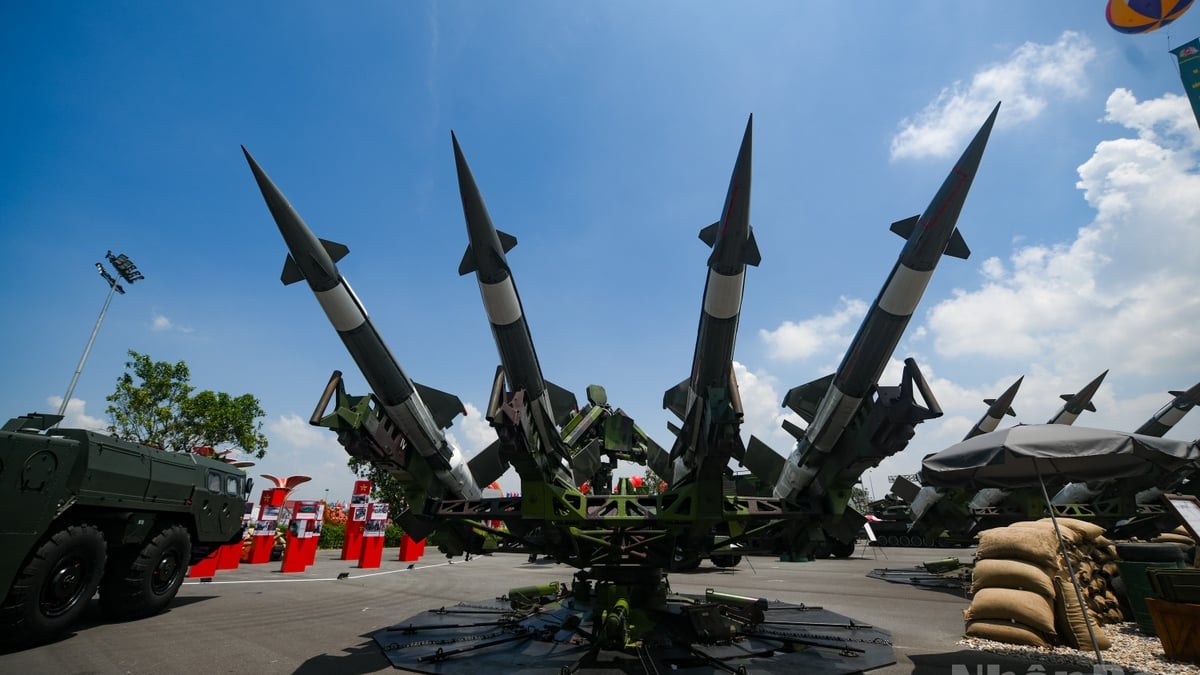

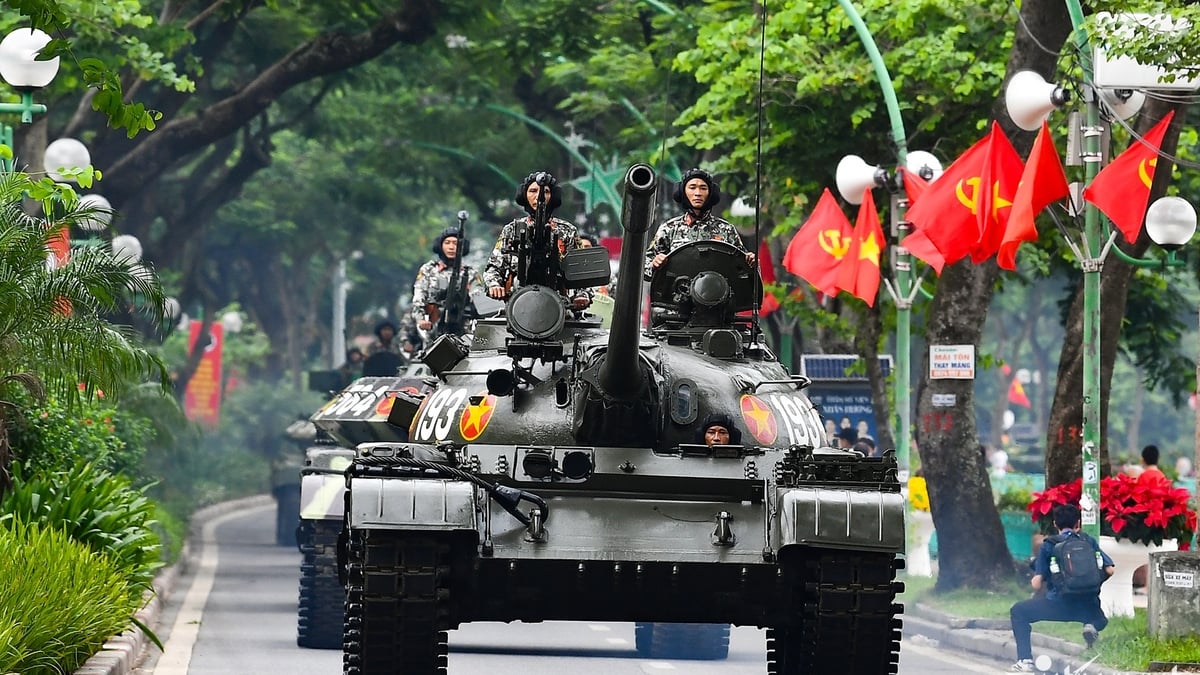


![[Photo] President Luong Cuong receives Speaker of the New Zealand Parliament Gerry Brownlee](https://vphoto.vietnam.vn/thumb/1200x675/vietnam/resource/IMAGE/2025/8/29/7accfe1f5d85485da58b0a61d35dc10f)






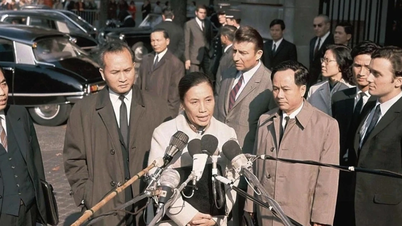








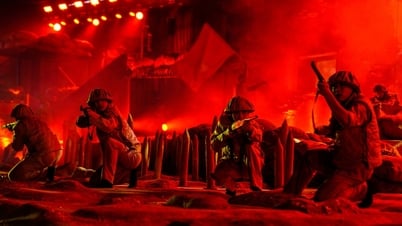
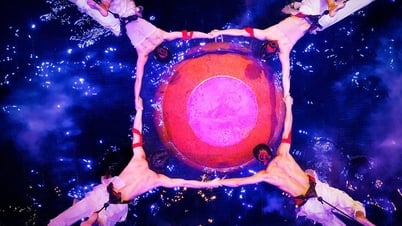


![[Photo] Hanoi is ready to serve the occasion of the 80th National Day Celebration on September 2nd](https://vphoto.vietnam.vn/thumb/1200x675/vietnam/resource/IMAGE/2025/8/29/c838ac82931a4ab9ba58119b5e2c5ffe)
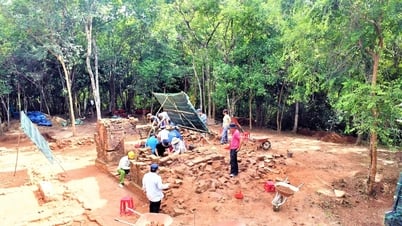







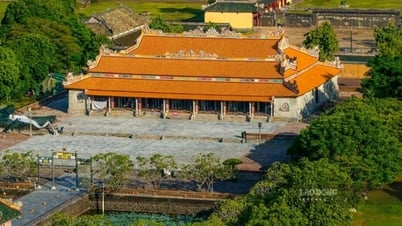




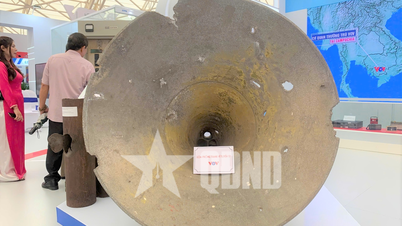










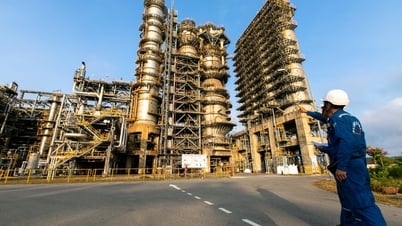




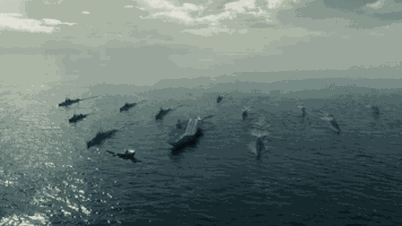


































Comment (0)